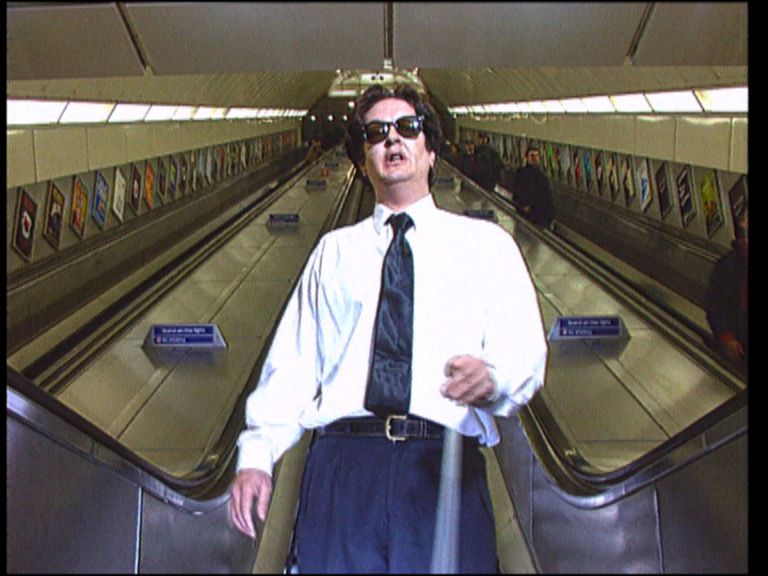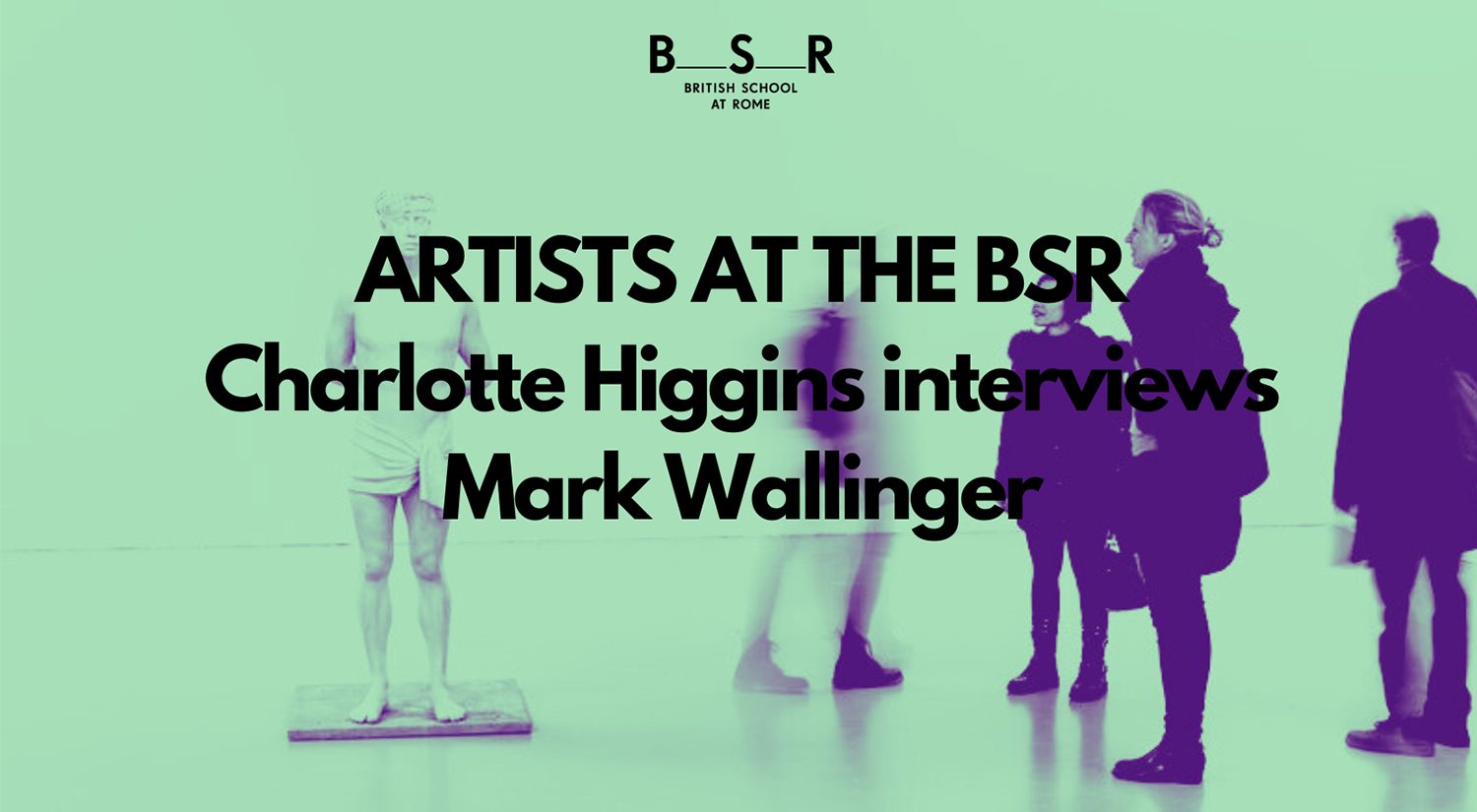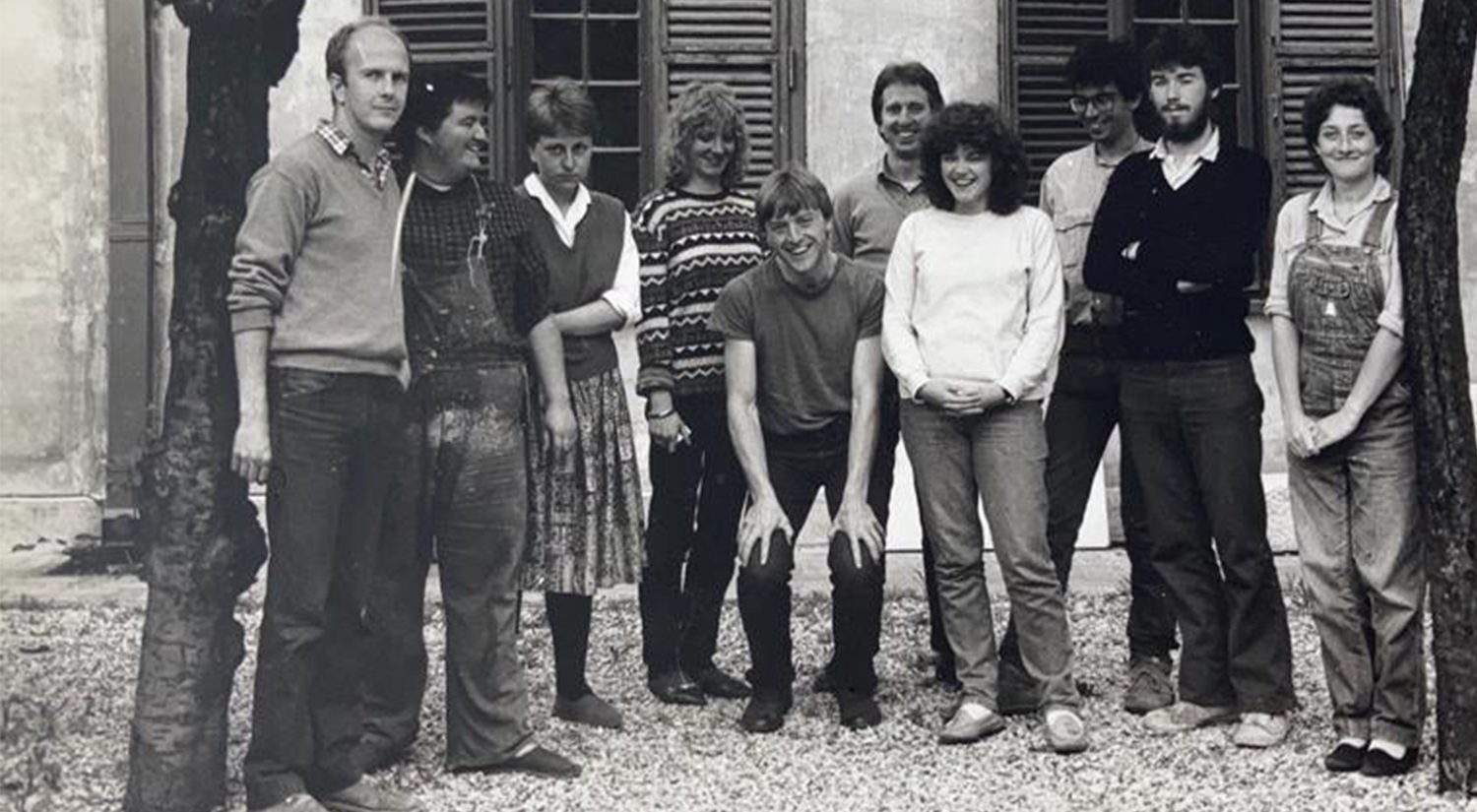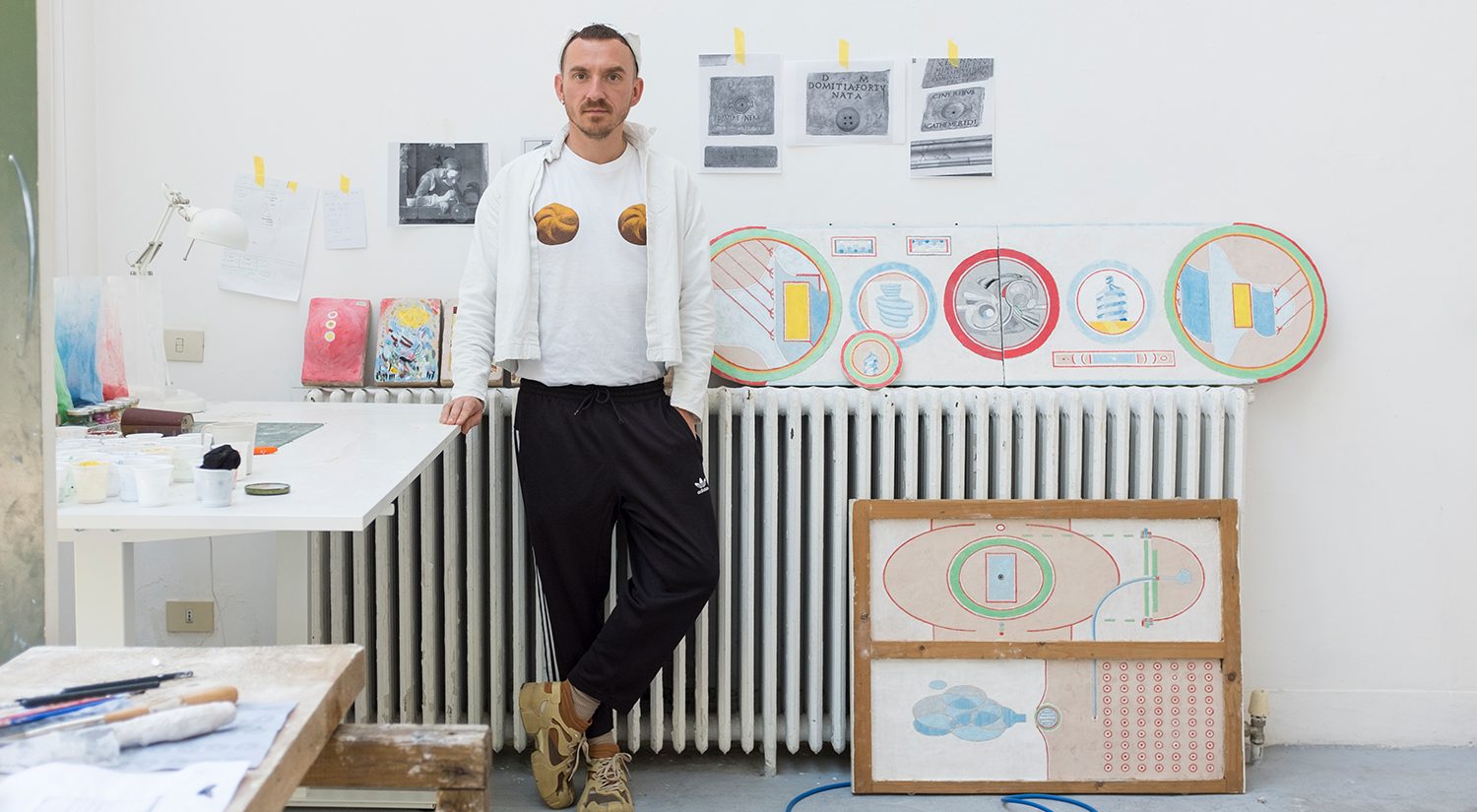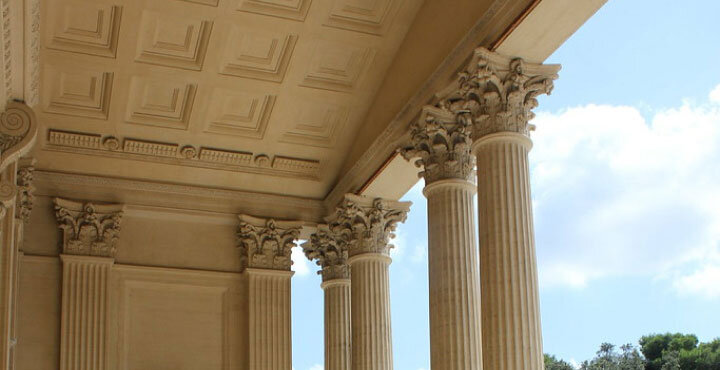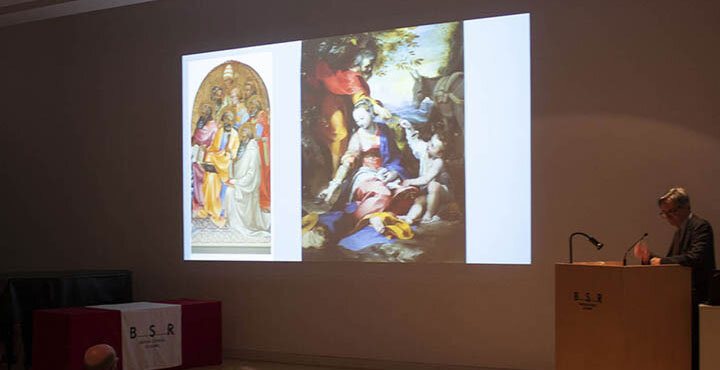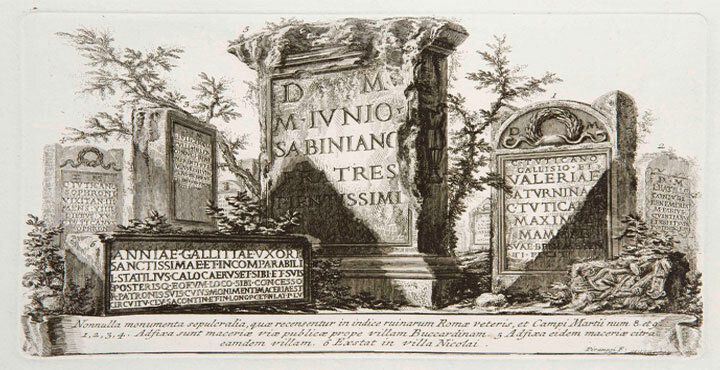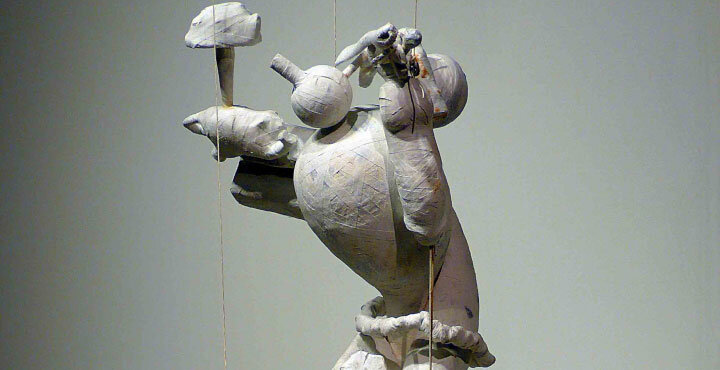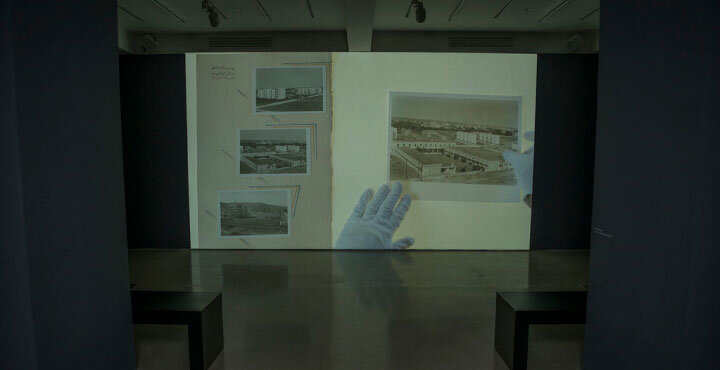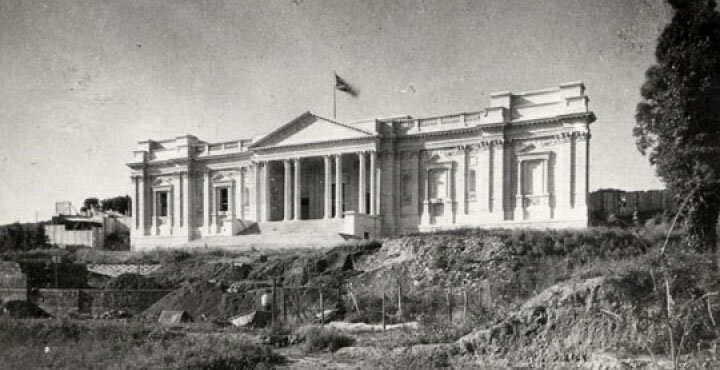The BSR is delighted to publish today the first in a series of interviews by the chief culture writer of the Guardian and BSR Council member Charlotte Higgins with former BSR Fine Arts Fellows.
This first interview is with Mark Wallinger. Born 1959, Mark was educated at Chelsea School of Art (1978-81) and gained an MA from Goldsmiths’ College (1983-85). BSR Henry Moore Fellow in 1998, Wallinger was winner of the Turner Prize in 2007.
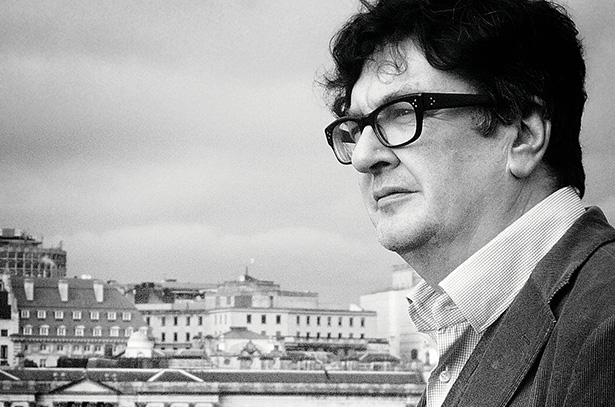
“It was breathtaking. I had a really wonderful time,” remembers Mark Wallinger of his residency between October and December 1998 – the year before his sculpture Ecce Homo was the first work of contemporary art to appear on the Fourth Plinth in Trafalgar Square, London. “It was my first experience of Rome. I just roamed the city day after day and feasted myself on everything, walking, thinking, daydreaming.”
Some artists at the BSR, given time in a studio away from responsibilities and distractions, find themselves immensely productive. Others use the time simply to absorb. Wallinger was in the latter category. “I produced one limerick while I was there. That was it.” On the other hand, his time in Rome has operated, he says, as a kind of bank of memories and impressions – “a great store” that he has drawn on ever since. “The whole thing inspired me for years afterwards. We got privileged access to places and I made some great friends. I look back on it with great fondness,” he says.
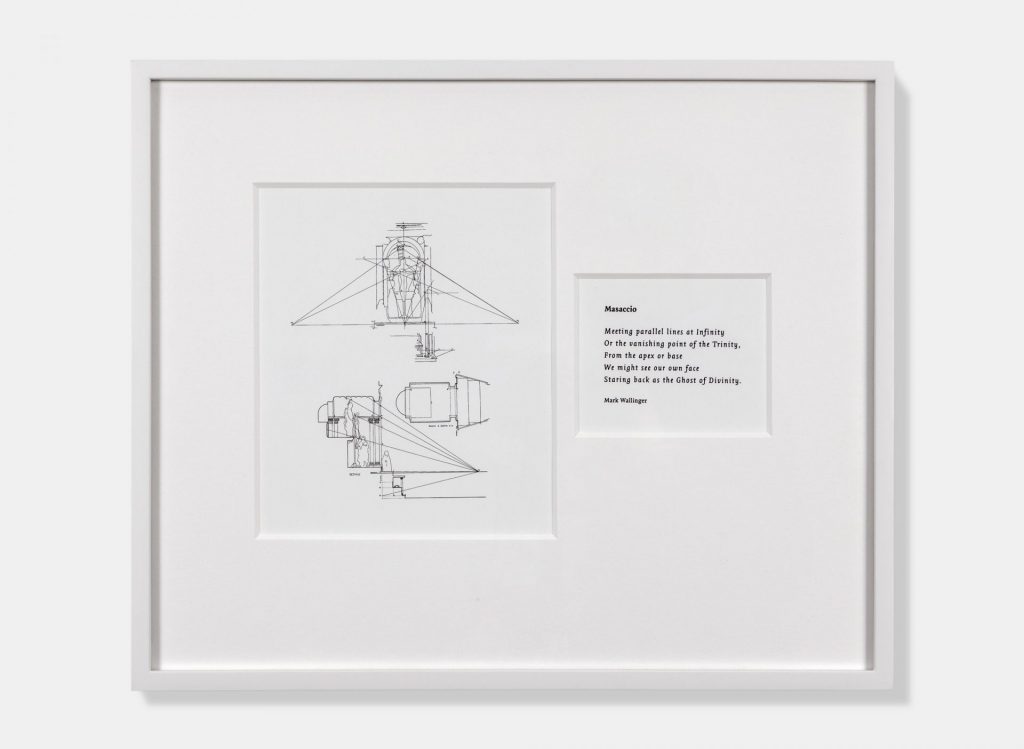
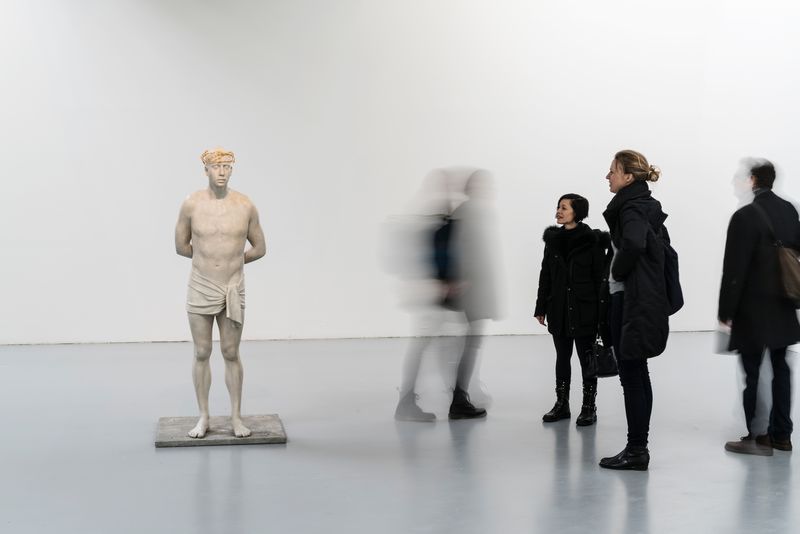
Caravaggio and Bernini were particular points of reference for him. He remembers walking down the hill from the BSR through the Giardini Borghese and looking in on the great Caravaggio of the conversion of St Paul in the church of Santa Maria del Popolo, and the immediacy of Bernini’s sculpture of David in the Galleria Borghese, “pulling exactly the sort of face a bloke would when he’s about to fling something. Those images cut through time,” he says. The Palazzo Doria Pamphilj always seemed to be shut when he tried to visit – but eventually he got to see Bernini’s exquisite portrait sculpture of Pope Innocent X, alongside his painted portrait by Velázquez. “You know you are getting a complete and utter likeness between the two of them – the way they chime is extraordinary,” he says. One day, tiring of Italian cooking, he was guiltily in search of a hamburger when he popped into a church he hadn’t yet explored. “Someone had obviously just put in their 500 lire and Caravaggio’s St Matthew’s triptych lit up at that moment, like a miracle.”
The visit was profoundly formative and Rome’s influence has run through Wallinger’s work ever since. His work Prometheus (1999) quotes Percy Bysshe Shelley’s Shakespearean epitaph, which Wallinger saw engraved on the poet’s gravestone in the Protestant cemetery. Hearing the story of how Mozart transcribed Allegri’s Miserere after hearing it sung in the Vatican led to Wallinger’s using the music as part of his work Threshold to the Kingdom (2000). Much more recently, his work Writ in Water (2018) a collaboration with architects Studio Octopi to commemorate the sealing of the Magna Carta, is in part inspired by the form of the Pantheon, while its title alludes to John Keats’s epitaph in the Protestant cemetery.
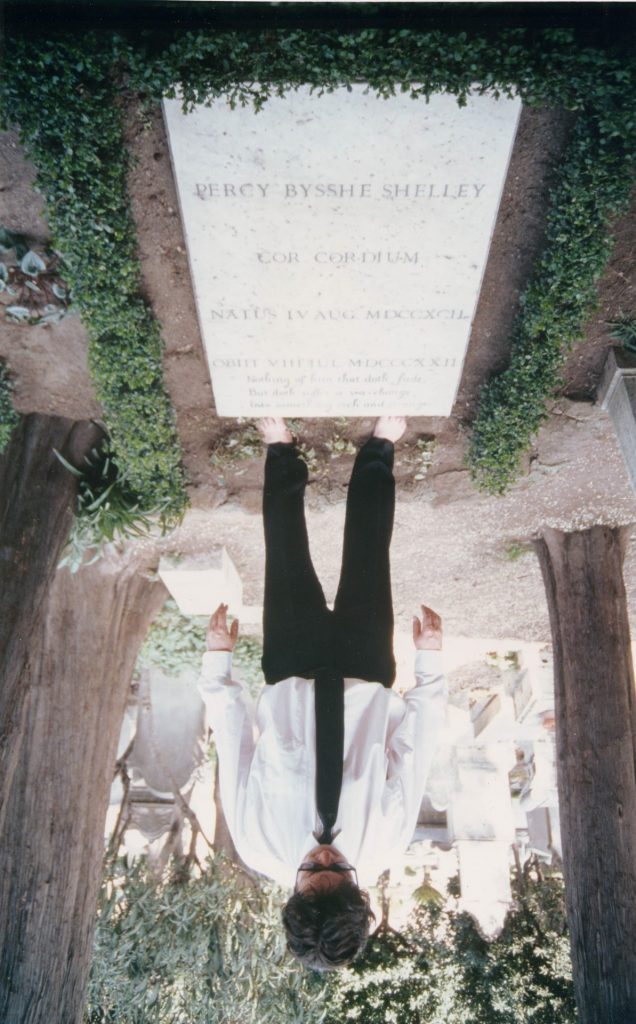
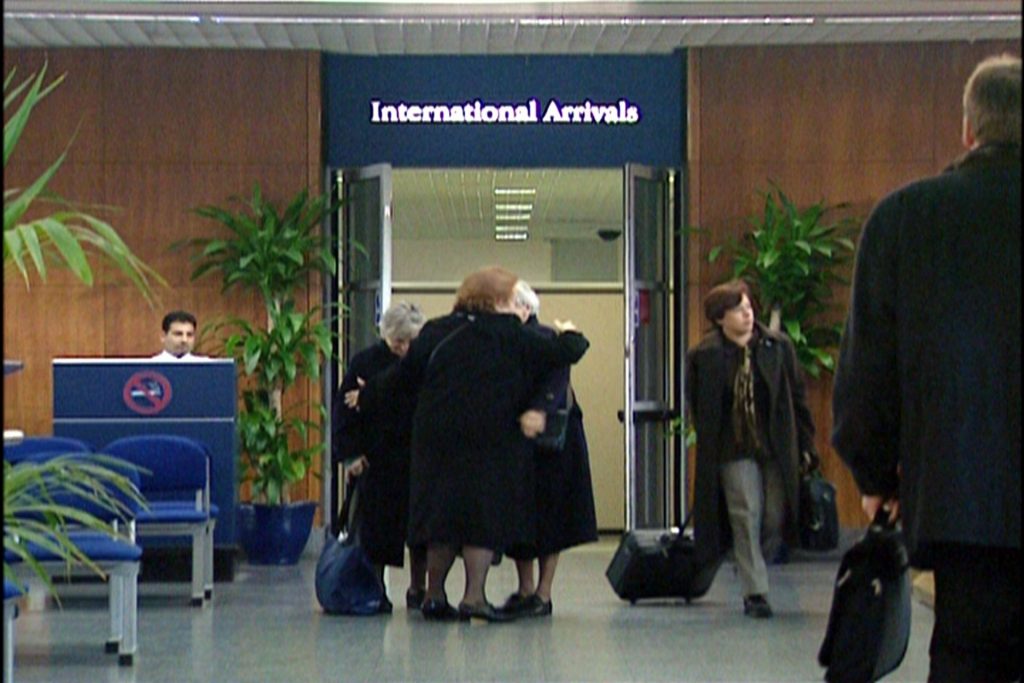
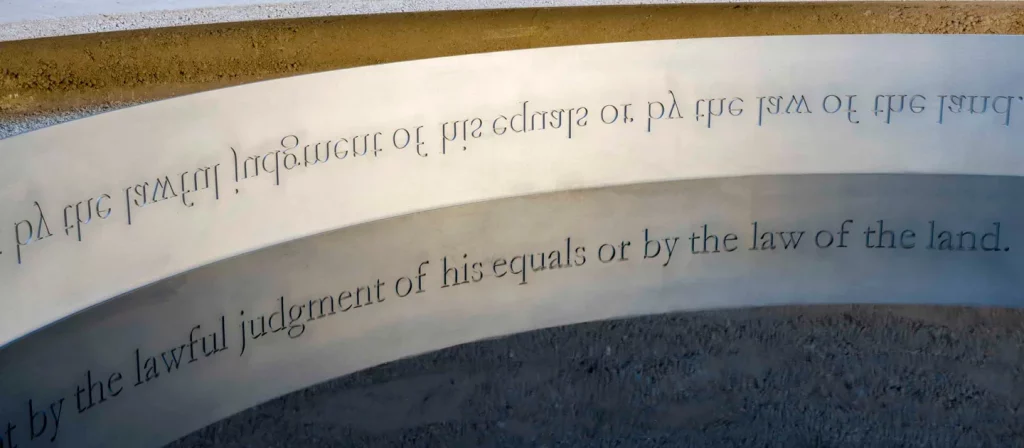
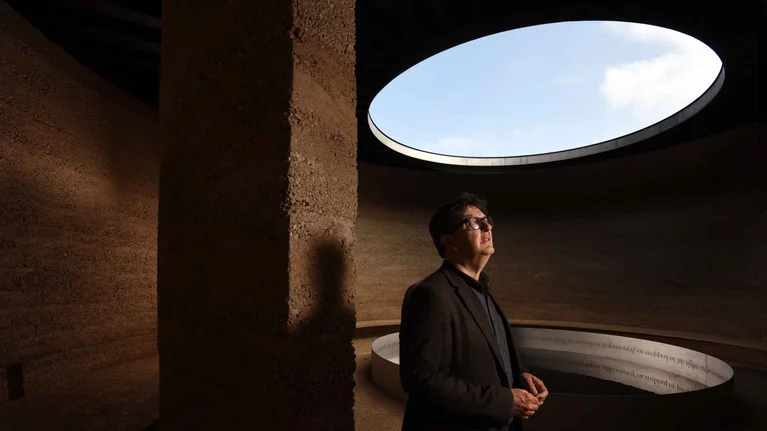
There was also fun and the odd scrape. He remembers an adventure with some colleagues from the Villa Medici, the French Academy in Rome. “We were five of us in a Mini driving through the Giardini Borghese,” he says. There was a move to drive the car, illegally, down the grand steps that face the Galleria d’Arte Moderna. Sensing that trouble, injury “or worse” could lie ahead, he somehow got himself out of the back of the car and through the front seat window. “Urgency lent me a way,” he says.
